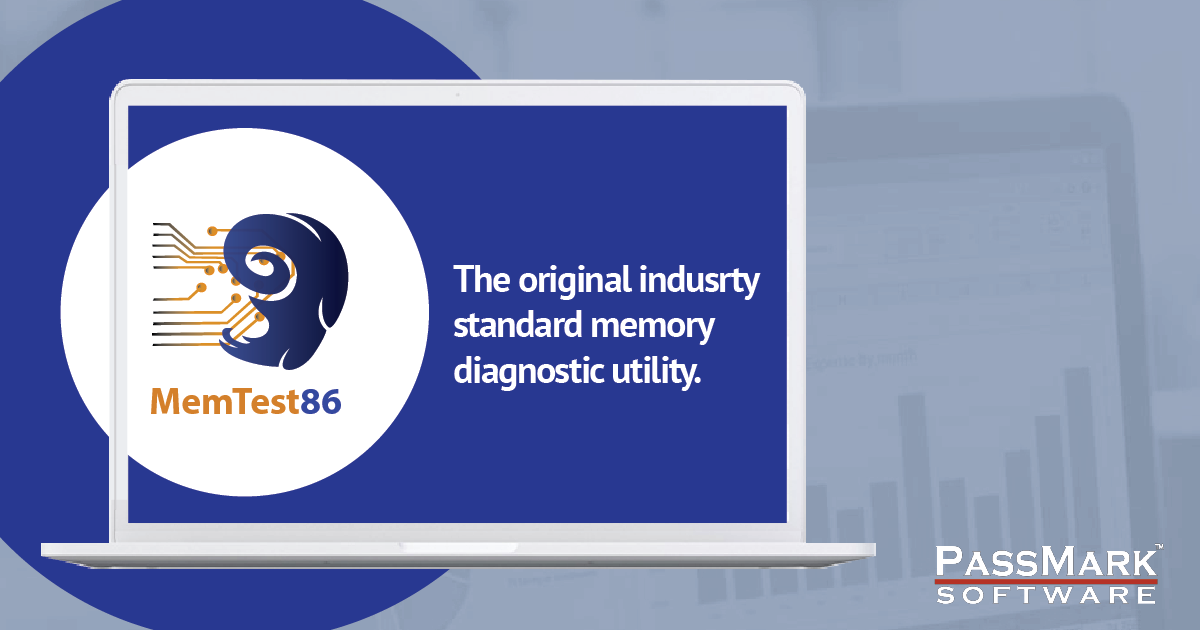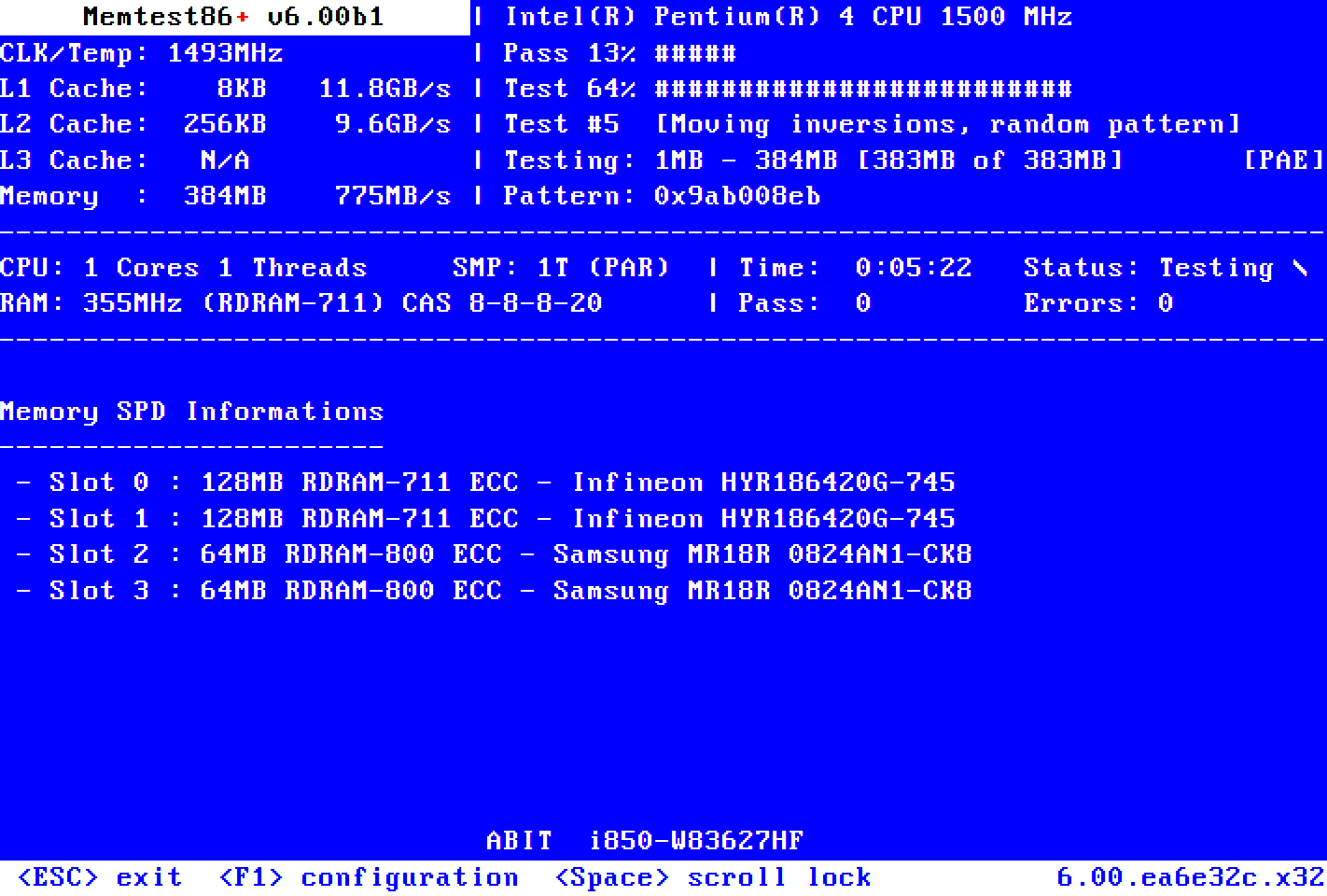You could build as is.
My thoughts:
On the processor, spend an extra $25 or so to get integrated graphics.
It is helpful for initial testing and it keeps you going if you should ever have a graphics issue down the line.
When buying new, look to current gen products.
There is a continuous spectrum of price/performance in processors.
The 13500 mentioned above is a bit stronger than the 12700f, and it includes integrated graphics.
The 13500 is not an overly hot chip and does not need liquid cooling.
I would be inclined to first try the included stock cooler and see how you do.
A top twin tower air cooler like the noctua NH-D15S will cool equally well, be quieter, easier to install, be more reliable, cost less, and will never leak.
B760 motherboard is fine We no longer overclock, the stock turbo mechanism works very well/
Games are getting larger, I would opt for the 2tb version of the ssd.
Case is fine.
The 162mm cooler height suggests the NH-D15s as a cooler that will fit.
Your processor will be capable of running a much stronger graphics card in the future.
750w is ok, but you will find that 850w typically only costs a bit more.
Look for a quality psu with at least a 7 to 10 year warranty.
For example, the Seasonic focus 750w has a 7 year warranty and costs $129:
The 850w unit is only $15 more.
The Corsair RMx 750w psu with a 10 year warranty is $120:
The 850w is $20 more.
For a first time builder........
MY build process:
Before anything, while waiting for your parts to be delivered, download
and read, cover to cover your case and motherboard manual.
Buy a long #2 magnetic tip philips screwdriver.
A small led flashlight is also useful.
I find it handy to buy a power switch like this for testing.
1. I assemble the critical parts outside of the case.
That lets me test them for functionality easily.
A wood table or cardboard is fine.
2. Plug in only the necessary parts at first. Ram, cpu, cooler, psu.
Do not force anything. Parts fit only one way.
Attach a monitor to the integrated motherboard adapter if you have one, otherwise to the graphics card.
3. If your motherboard does not have a PWR button, momentarily touch the two pwr front panel pins with a flat blade screwdriver.
4. Repeatedly hit F2 or DEL, and that should get you into the bios display.
5. Boot from a cd or usb stick with memtest86 on it. memtest will exercise your ram and cpu functionality.
They boot from a usb stick and do not use windows.
You can download them here:
MemTest86 is the original self booting memory testing software for x86 and ARM computers. Supporting both BIOS and UEFI, with options to boot from USB.
www.memtest86.com
Memtest86+ is an advanced, free, open-source, stand-alone memory tester for 32- and 64-bit computers (UEFI & BIOS supported)

www.memtest.org
If you can run a full pass with NO errors, your ram should be ok.
Running several more passes will sometimes uncover an issue, but it takes more time.
Probably not worth it unless you really suspect a ram issue.
Opinions vary on updating the bios.
Normally, one does not update a bios unless there is a fix for something that is impacting you. I violate this rule on a new build and will update to currency up front. Use the usb option, not the windows option.
If there is a severe problem, the impact is small.
6. Install windows.
7. Install the motherboard cd drivers. Particularly the lan drivers so you can access the internet.
Do not select the easy install option, or you will get a bunch of utilities and trialware that you don't want. Drivers only.
7. Connect to the internet and install an antivirus program. Microsoft defender is free, easy, and unobtrusive.
8. Install your graphics card and driver if you tested with integrated graphics.
You will need to remove the graphics card later to install your motherboard in the case.
As a tip when screwing the motherboard into the posts, give the screw a small counterclockwise turn until you feel a click.
That lets you know that the screw will engage properly.
Make a note of how the graphics card latches into the pcie slot.
The mechanism will be hidden under the card and may be difficult to work if you have not previously checked how.
9. Update windows to currency.
10. Only now do I take apart what I need to and install it in the case.
11. Now is the time to reinstall your graphics card.



